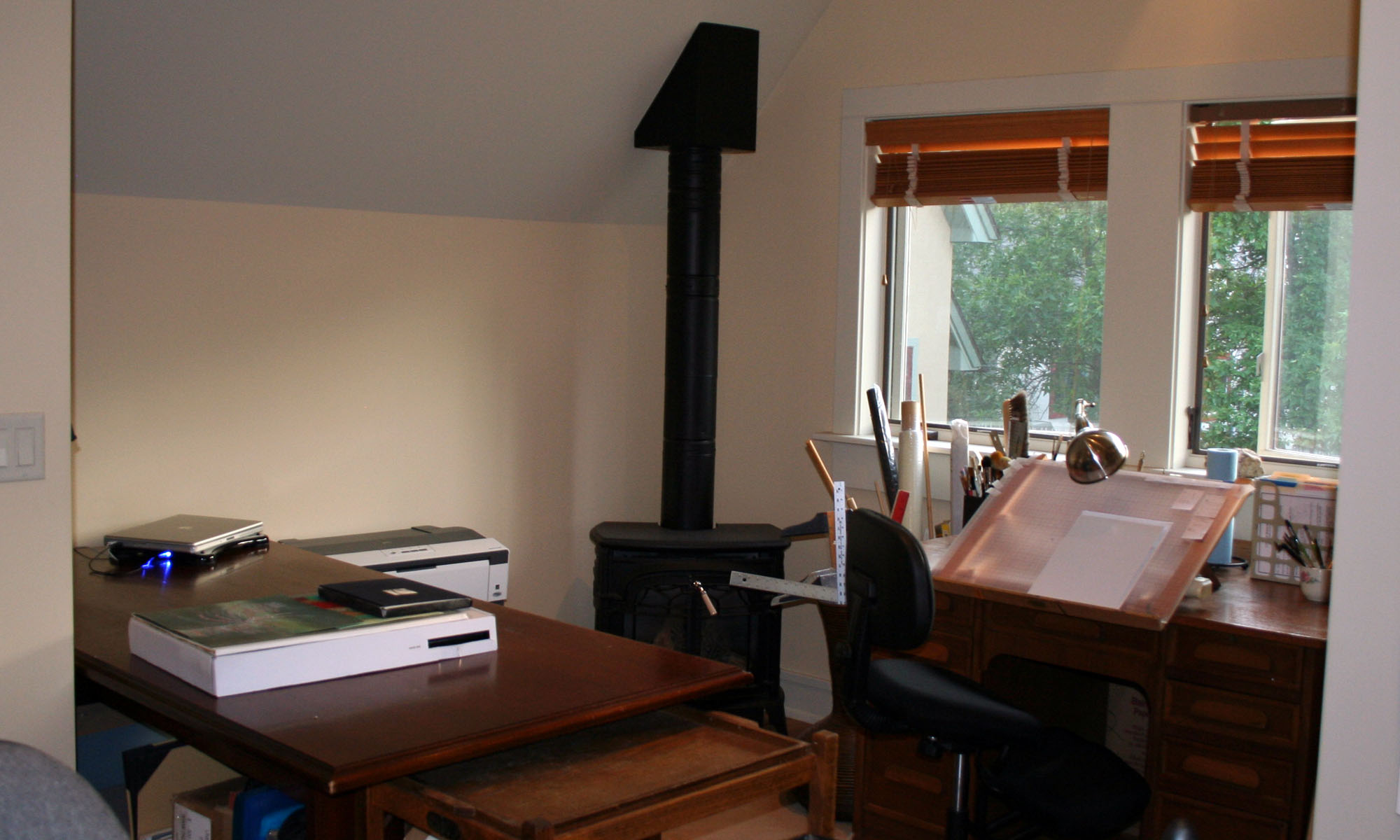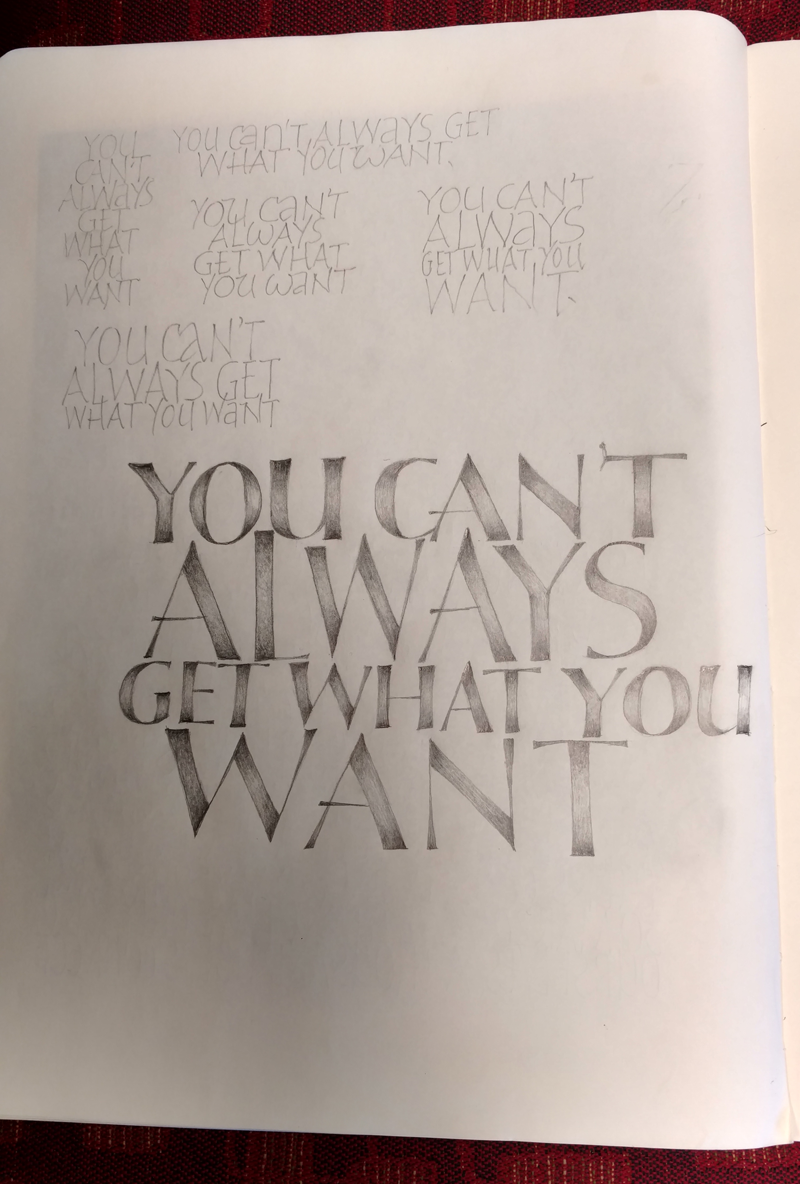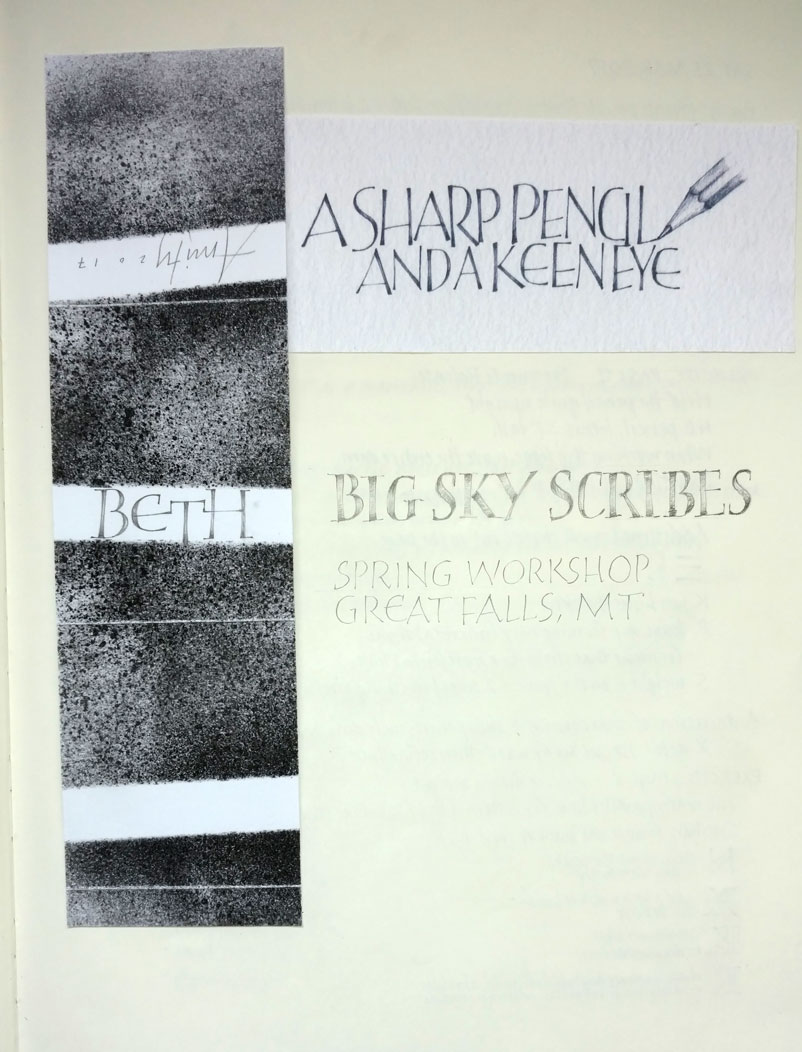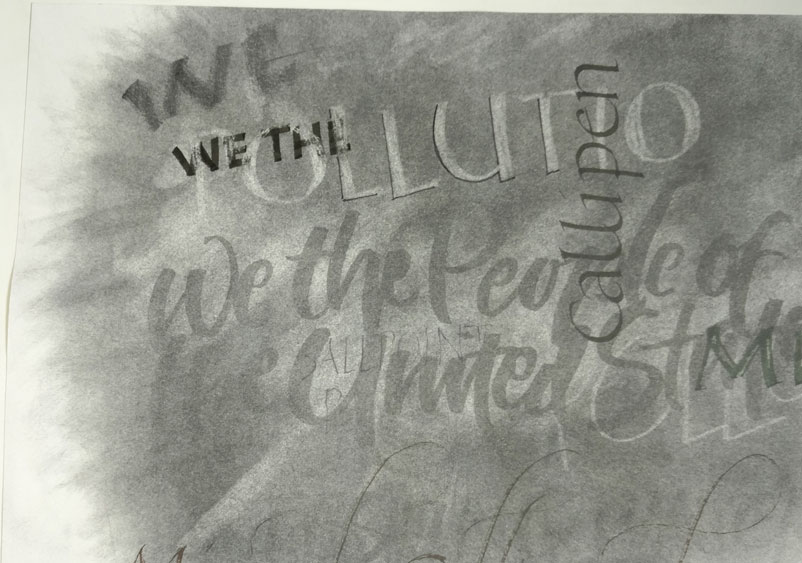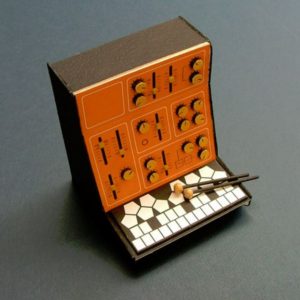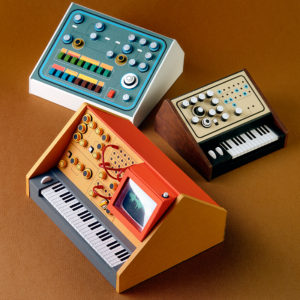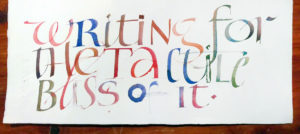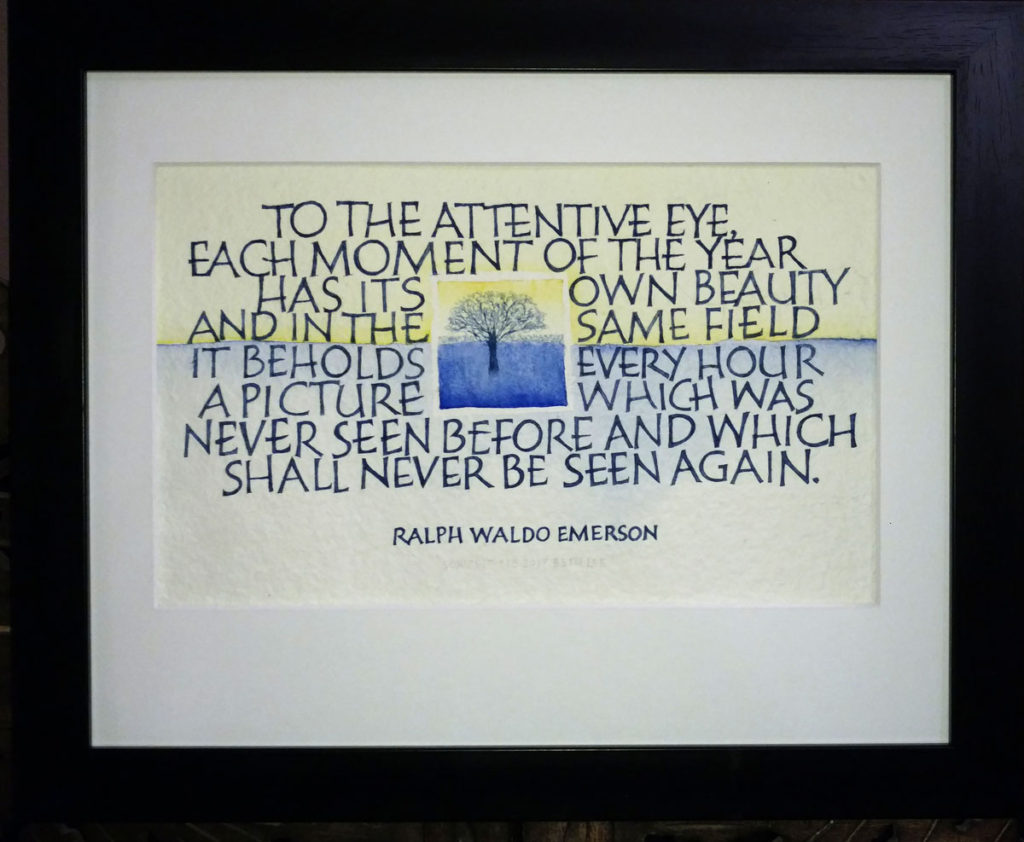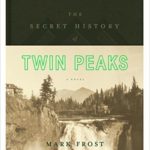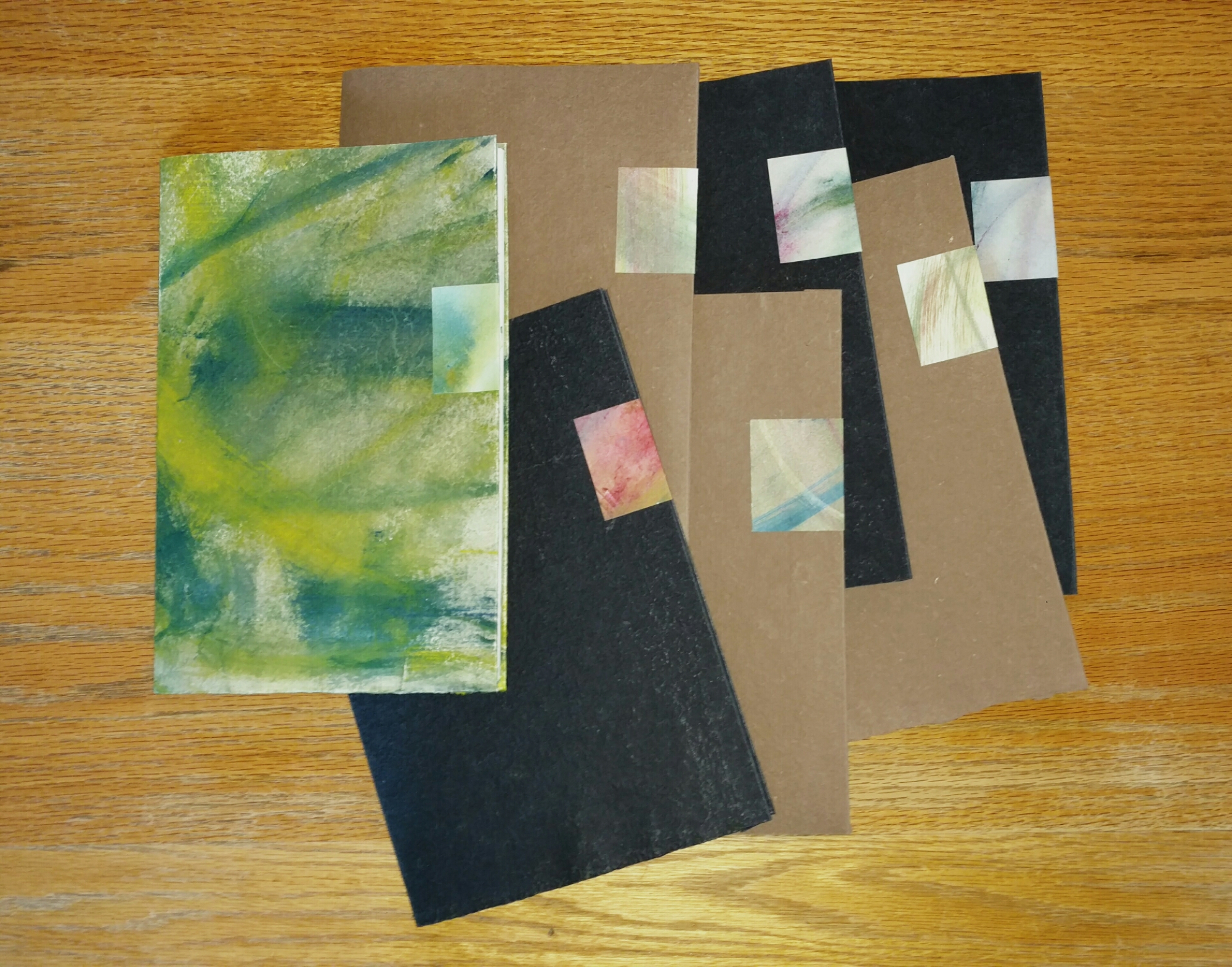Through a post in the Book-Arts-L listserv, I recently discovered that something interesting things have been going on in Baltimore regarding artist books. This article in HUB, the Johns Hopkins magazine, describes an interesting class, “Paper Museums: Exhibiting Artists’ Books at the Baltimore Museum of Art”, which led to an exhibit from the collection of artists’ books at the Baltimore Museum of Art. This exhibit, entitled Off the Shelf: Modern and Contemporary Artists’ Books, opens tomorrow, and I wish I could see it.
Many of the books are collaborations between authors and artists –between Guillaume Apollinaaire and Raoul Dufy, between Stephen King and Barbara Kruger, between Joan Miró and Paul Élard. This article has more detailed information about the pieces in the exhibit. Unfortunately, there is no catalog. I asked.
Like this:
Like Loading...
